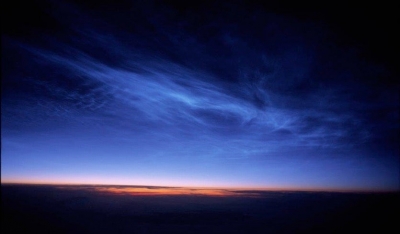
Methane is a very potent greenhouse gas that gets released into the atmosphere due to anthropological activities. It is responsible for about 30% of the Earth’s warming.
Methane clouds have been in the news recently with large plumes of methane being spotted over countries such as China, India, Jordan, Pakistan, Turkmenistan, and so on. The recent methane hotspots were attributed to waste sectors in these countries. And the scenario is alarming.
Methane is the primary component of natural gas and is responsible for about 30% of the Earth’s warming. According to scientists, the potent greenhouse gas has 84 times the warming power of carbon dioxide during its first two decades in the atmosphere. As such, reducing emissions of methane is one of the fastest ways to cool the planet.
Waste sector triggering methane clouds
A cloud of methane near a waste site in India was observed earlier this month. According to the satellite images taken, the methane plume is the result of the landfill in the country. The estimated emissions rate was 1.328 kg per hour of methane. These clouds of methane can cover vast areas and sometimes stretch for even 200 miles. All these observations were made through the satellite images released by the GHGSat, which is involved in high-resolution remote-sensing of greenhouse gas from space. Garbage and landfills can generate the potent greenhouse gas. This happens when organic material such as food waste breaks down in the absence of oxygen Landfills and wastewater are responsible for about 20% of the methane emissions generated from human activity. Not doing enough to stop these emissions can affect the global climate goals.
Sources of methane leak
Methane gets released into the atmosphere due to anthropological activities. It is also generated as a byproduct of oil and coal production and as part of agricultural activities. If not properly sealed, closed or abandoned coal mines can leak methane. This can go on for years.
Monitoring methane from space
Satellites can identify and track methane from anywhere, thereby aiding in tracking the methane footprint. This helps in climate transparency, bringing in accountability for countries and companies releasing methane. Greenhouse gases can be quantified and attributed in real-time. A total of 120 countries are part of the global methane pledge, which aims to cut the release of the gas by 30% by the end of this decade from the 2020 levels.
Picture Credit : Google




